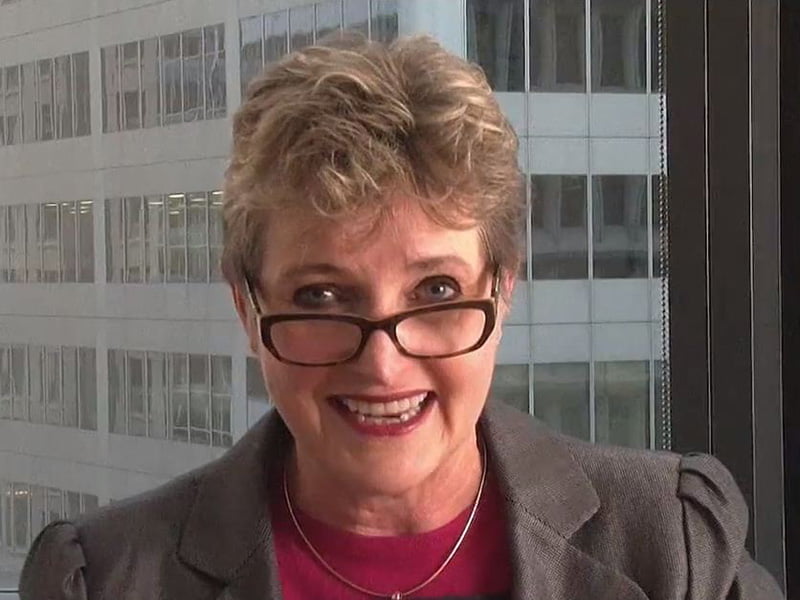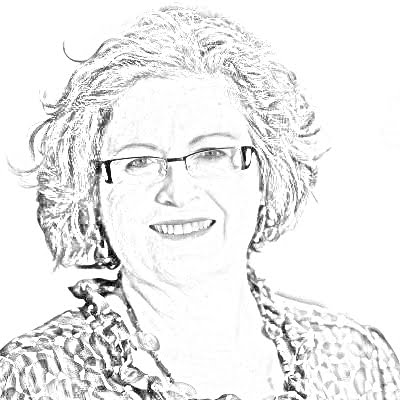Forty-three per cent of appointments to ASX 200 boards in January were female. It’s an encouraging statistic, but the rebalancing still has a long, long way to go.
The 43 per cent headline figure masks the fact that only seven people were appointed to ASX 200 boards in January – so just three women. It has however nudged up to 21.9 per cent the percentage of female directorships in that group of companies. In 2009 the figure was a lowly 8.3 per cent, according to the Australian Institute of Company Directors.
For companies focused on innovation and transformation, having diversity at board level is particularly important as it broadens the conversations and challenges the status quo.

David Spence has been a director of technology companies since the early 1980s. Until five years ago he had never sat on a board with a woman.
Today he’s a director of PayPal in Australia (two out of five board members are women, including the CEO); Hills Ltd (two out of five); SAI Global (two out of seven); and Vocus Communications (one out of eight when it’s merged with M2).
Mr Spence said that; “Gender diversity broadens the viewpoint…and the options you look at.”
“It wasn’t all rough behavior and swearing before. I don’t think that there has been a change in tone, but there is more listening to viewpoints and less ‘my way or the highway’. It adds to the broadening of perspective.”
Mr Spence believes that focusing on boards’ gender diversity can however mask the importance of diversity of skills and experience, which are equally important.
Introducing a woman to the board does change the conversation, but has even greater impact if the skills and experience that she brings augment the board’s understanding, he said.
Fiona Balfour agrees on all counts. A former chief information officer of giants such as Qantas and Telstra, Balfour now sits on several boards including Metcash, TAL, Salmat and Air Services Australia and also chairs a range of technology and innovation initiatives in those organisations.
“I’ve been on boards where I am the only woman and boards that are 50:50.” She said that gender diverse boards mean “You don’t get strutting egos and you tend to have more dynamic relaxed conversations.
“That dynamic suits the innovation landscape very well.”
But just as companies don’t benefit from cookie cutter male board members, she agrees with Spence that there needs to be a diversity of skills and experience across the board regardless of gender.
“The nuance is that if you have people out of the same discipline, then you don’t get the range of opinion.
“The diversity question for me is broader than gender. To get rich change you need a variety of backgrounds and a variety of disciplines.”
Ms Balfour also said that it was important to also recognise that not everyone with a so-called ‘technology background’ would bring the same skills and experience to a board. People with a pure infrastructure background tended to be risk averse, she said, and were not good at innovation compared to people who had developed architectures, solutions and information strategies.
That, she said, was not well understood. “And there are a couple of very large Australian companies that have hired people with technology skills – but from software sales. They have great commercial skills, but they are not innovators,” Ms Balfour said.
Innovation needed an understanding of how to apply technology, execute against a strategy and implement at scale, she said.
Diversity wins
The AICD’s target for gender diversity is 30 per cent board representation by 2018 for all ASX 200 companies.
Listed technology companies have a mixed report card when it comes to gender diversity.
TechnologyOne has an all-male board, though it has signalled that it wants to appoint women directors this year; Freelancer has a board composed of three men; Atlassian was all male until last November when it hired two women ahead of its December Nasdaq float; Gail Pemberton (another former CIO) has been the sole woman on the UXC board ahead of its sale to CSC; while SMS Technology has a 50/50 split.
Perth based iWebGate which focusses on secure networking technologies, has recently appointed former Microsoft executive Kathryn Foster to its board where she sits alongside four male directors. Ms Foster is also a director of cloud software company Class Ltd.
Having worked as a global executive for Microsoft for over 15 years, Ms Foster also brings much broader corporate experience to the table, having managed P&Ls of over $US1 billion.
Ms Foster believes that having women on the board is important simply “because women think differently. You get a multifaceted conversation that allows a richer solution.
“Women do more multitasking. Women tend to see the bigger picture before they drill down.
“Men tend to be ‘this is the problem, let’s focus in on that’.”
By encouraging both broad and deep conversations companies get a more comprehensive analysis of a business issue, she said.
Do you know more? Contact James Riley via Email.

